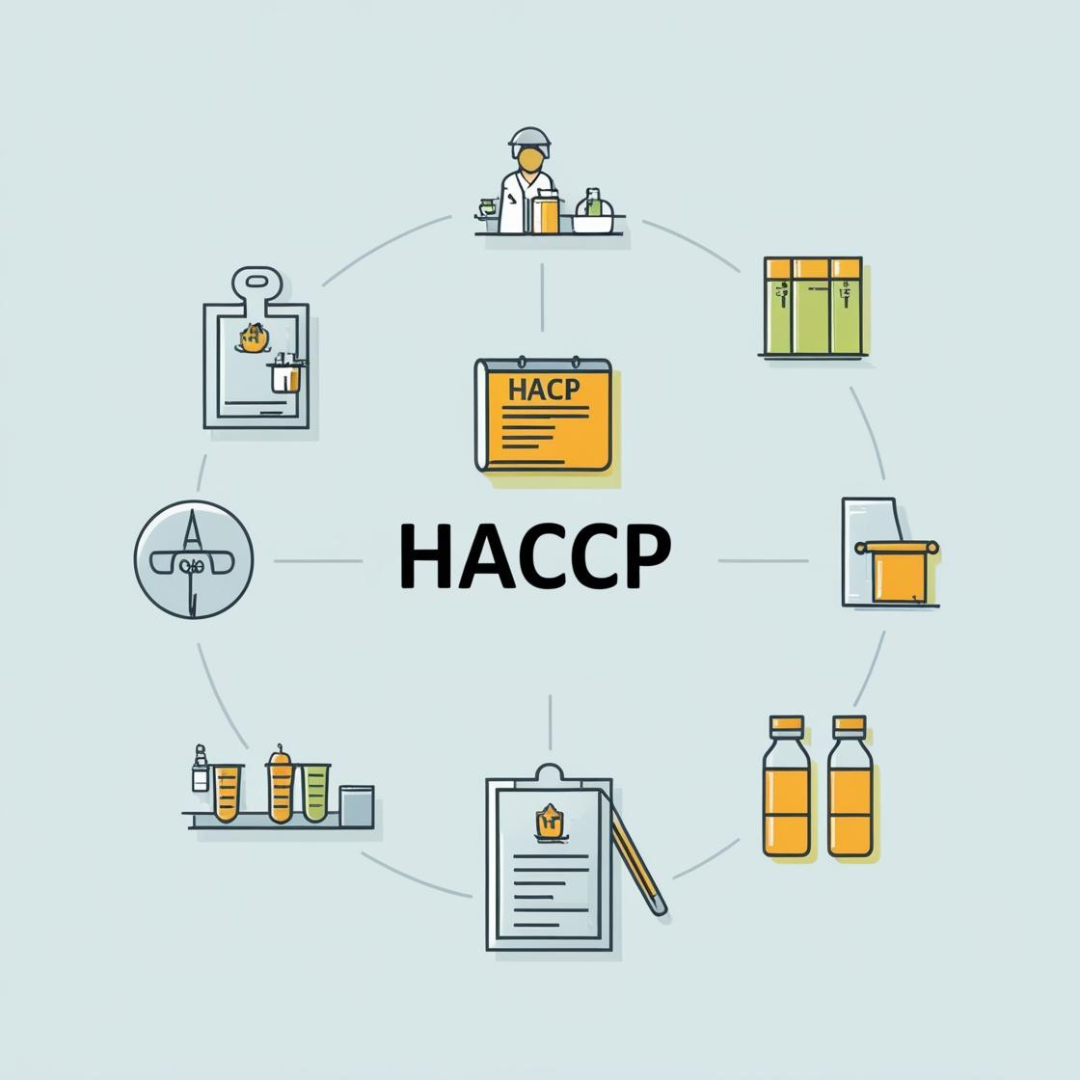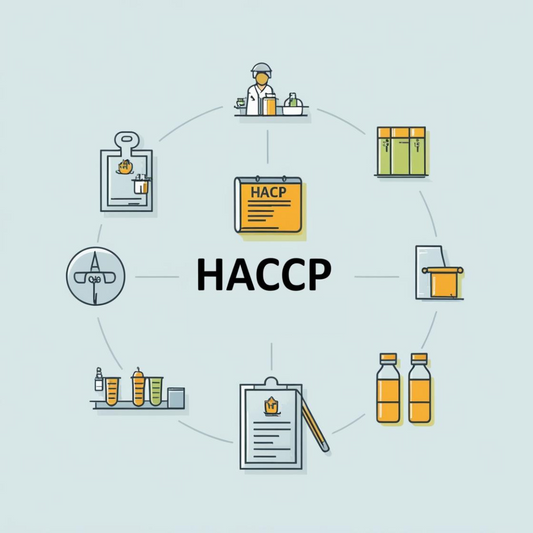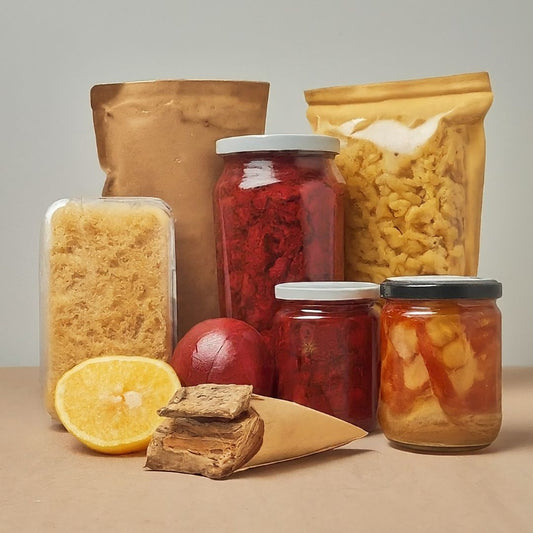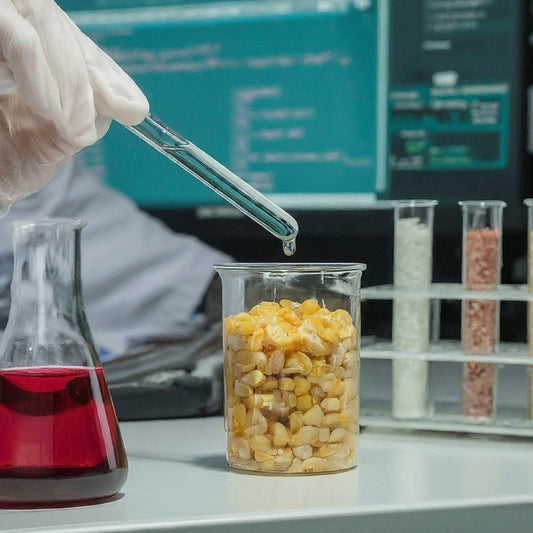Smart Packaging: Food Safety Upgrade or Tech Overkill?
Share
In the rapidly evolving landscape of food technology, smart packaging is emerging as a promising innovation. Designed to enhance food safety, reduce waste, and improve traceability, it integrates technologies like sensors, indicators, and data communication systems into food packaging. But as adoption grows, a critical question arises: is smart packaging truly a food safety revolution, or are we heading toward technology overload?
📦 What is Smart Packaging?
Smart packaging refers to packaging systems that go beyond the traditional role of containment. It includes:
Active Packaging – Interacts with food to extend shelf life (e.g., oxygen scavengers, moisture regulators).
Intelligent Packaging – Communicates information about the condition of the food or the environment (e.g., time-temperature indicators, gas sensors, freshness indicators).
Connected Packaging – Uses QR codes, NFC, or RFID to track and monitor product movement across the supply chain.
✅ The Upside: Safety, Quality & Sustainability
1. Enhanced Food Safety
Real-time indicators alert consumers and retailers to spoilage risks.
Time-temperature indicators ensure cold-chain integrity.
2. Reduction in Food Waste
Accurate freshness data helps avoid premature disposal of still-edible food.
Consumers can make better decisions than relying on static "best before" dates.
3. Supply Chain Transparency
RFID and blockchain-enabled packaging improves traceability from farm to fork.
It aids in faster recalls during contamination events.
4. Consumer Trust
Visual indicators and data access empower consumers with transparency and confidence.
⚠️ The Concerns: Cost, Waste, and Complexity
1. High Implementation Costs
Sensor-enabled packaging increases production costs.
Adoption is limited for small-to-mid-size food businesses.
2. Tech Waste
Non-recyclable components (batteries, chips) contribute to e-waste.
Complicates existing recycling streams.
3. Overdependence on Technology
Risk of false positives/negatives in freshness indicators.
Reduces human oversight and traditional sensory evaluation.
4. Data Privacy and Security
Connected packaging may collect consumer interaction data—raising questions about privacy.
🧠 The Balanced Approach
Smart packaging isn’t a one-size-fits-all solution. For high-risk or perishable products—like seafood, dairy, and meat—it offers game-changing improvements. But for low-risk dry goods, the investment might not be justified. Like any innovation, context matters.
The future of smart packaging lies in sustainable integration—developing biodegradable sensors, affordable designs, and consumer education to avoid misuse or overreliance.
💬 Final Thought
As the food industry inches closer to the Internet of Things, smart packaging could be our ally in building a safer, smarter, and more sustainable food system. But we must walk the line between innovation and pragmatism.





